General details
Currently, in our manufacturing portfolio we have 22 different types of progressive cavity pumps for flows between 1,6 ÷ 135 m3/ day x 100 rpm with lifting depths from 600 to 3000 m.
Until now, we have designed, manufactured and delivered over 6500 PCP for different markets like Romania, Russian Federation, Ukraine, Argentina, Kazakhstan, Moldova, Indonesia and Albania.
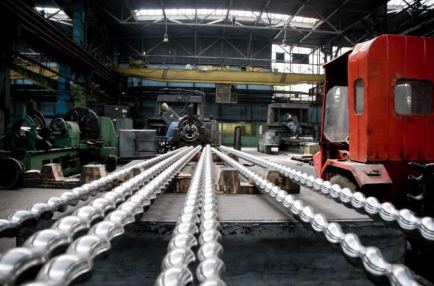
Progressive Cavity Pumps Design
Design : according to ISO 15136-1/2009
The basic principle of our design :
- Q. theoretical at h max. lifting with 10 – 15% > Q nom. Theoretical
- Differential pressures max. / pitch , have low values :
- -3,5 ÷ 4,5 bar/pitch for small pumps 4 ÷ 23 m3
- 4,5 ÷ 5,5 bar/pitch for large pumps 33 ÷ 120 m3

Identification and Marking
Each pump is marked for identification according to ISO 15136-1.
Stator:
- manufacturer
- pump type
- profile model
- fabrication serial number
- elastomer type
- month and year of fabrication.
Rotor:
- helical profile symbol
- fabrication serial number
- rotor size for interference fit between rotor-stator
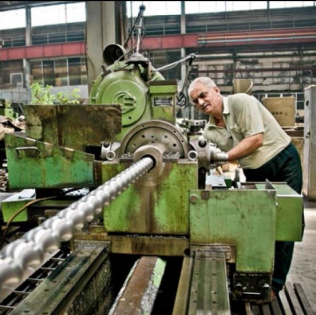

PCP manufacturing process
The manufacturing process is conducted according with specifications of ISO 15136-1 for:
- Design
- Dimensional and functional requirements
- Identification and marking requirements
- Material examinations and process inspections
- Testing
- Transport and storage
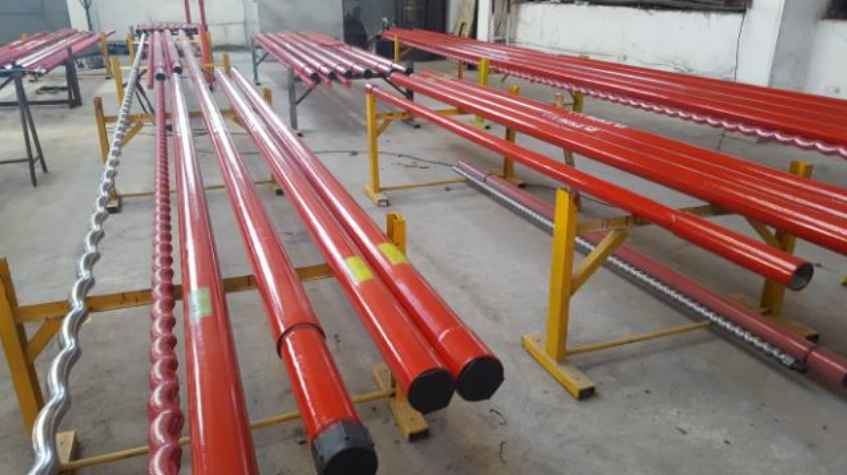
Rotors
– Material 42CrMo4+QT, hard chromed, minimum thickness 0.25mm
– Rotors are manufactured in 4 interference fit classes: T – tight, N – normal, J – light, JJ – loose for different wells conditions and working temperature:
| Interference Class Fit | Minor Diameter | Work Temperature | Efficiency |
|---|---|---|---|
| T | dN + 0,2 mm | 10 ÷ 30 ºC | 60 ÷ 85 % |
| N | dN | 30 ÷ 60 ºC | 35 ÷ 60 % |
| J | (dN - 0,3 mm) | 60 ÷ 80 ºC | 10 ÷ 35 % |
| JJ | (dN - 0,6 mm) | 80+ ºC | 0 ÷ 10 % |
Stators
– Manufactured by FLEXON-ALL
– The stator body is made of material C45E EN 10297-1
– Helical profile made of elastometer. Qualified elastometer recipes, established for PCP and their symbols are presented in the below table:
| TYPE/CODE OF ELASTOMER | RESISTANCE TO AROMATIC CRUDE OIL | Max API grade Oil gravity | Resistance to H2S | Resistance to CO2 | Resistance to salt water | Wear resistance | General characteristics or application recommendations |
|---|---|---|---|---|---|---|---|
| NBR 1 high nitril | Good | 20 | Medium | Good | Very Good | Very Good | • excellent mechanical characteristics • recommended for heavy crude oil (waxy), salt water with sand in suspension max. 3% • maximum temperature 80°C |
| NBR 2 very high nitril | Very Good | 40 | Medium | Good | Good | Very Good | • excellent mechanical characteristics • recommended for low aromatic and heavy crude oil, salt water with sand in suspension max. 3% • maximum temperature 80°C |
| NBR 3 high nitril | Very Good | 20 | Medium | Good | Very Good | Very Good | • excellent mechanical characteristics • recommended for heavy crude oil, salt water with sand in suspension max 3% • maximum temperature 110°C |
| NBR 4 medium nitril | Poor | 12 | Medium | Good | Good | Excellent | • excellent mechanical characteristics • recommended for heavy crude oil, salt water with sand in suspension max. 5% • maximum temperature 80°C |
| NBR 5 very high nitril | Very Good | 40 | Medium | Good | Very Good | Very Good | • excellent mechanical characteristics • recommended for low aromatic and heavy crude oil, salt water with sand in suspension max. 3% • maximum temperature 110°C |
| H - 1 HNBR | Very Good | 38 | Excellent | Excellent | Excellent | Excellent | • excellent mechanical characteristics • recommended for low aromatic and heavy crude oil, salt water with sand in suspension max. 5% • maximum temperature 120°C |
| H - 2 HNBR | Very Good | 38 | Excellent | Excellent | Excellent | Excellent | • excellent mechanical characteristics • recommended for low aromatic and heavy crude oil, salt water with sand in suspension max. 5% • maximum temperature 135°C |
| F FKM | Excellent | 42 | Excellent | Excellent | Excellent | Poor | • moderate mechanical characteristics and wear strength • recommended for light and very light crude oil, free of sand, salt water • maximum temperature 140°C |
We are always ready to help you and answer your questions


